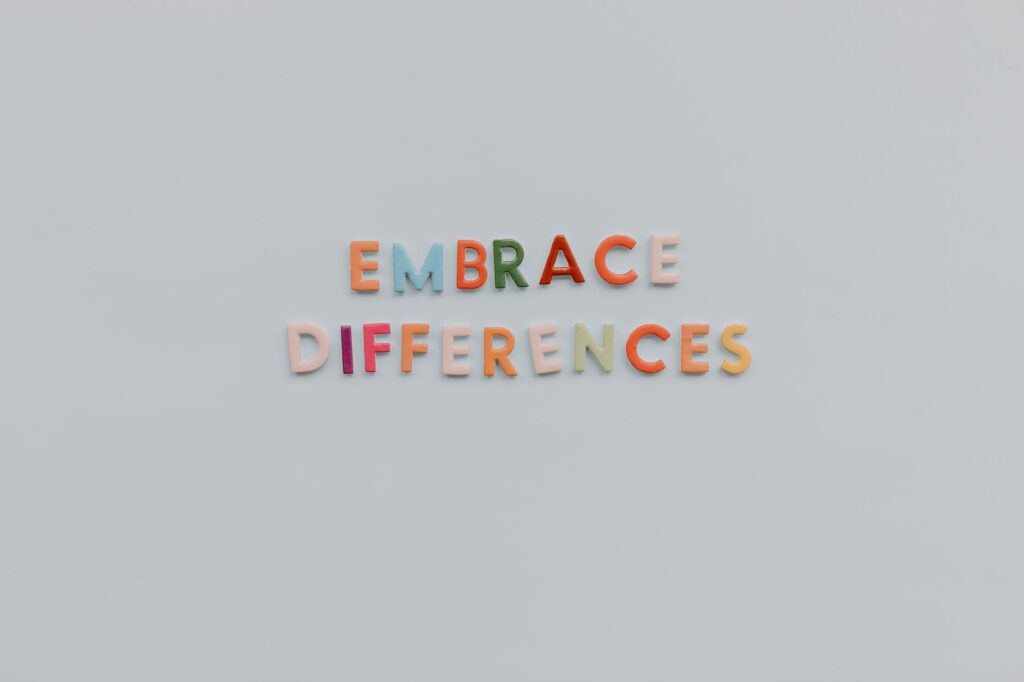
Introduction
Autism spectrum disorder (ASD) is a complex neurodevelopmental condition that affects individuals in unique and diverse ways. Unfortunately, autism has been surrounded by misconceptions and stereotypes that hinder understanding and acceptance. In this blog, Dr. Michael Hilton will explore the importance of dispelling myths surrounding autism and fostering a more inclusive and accepting society for individuals with autism.
1: Embracing Neurodiversity
One of the fundamental steps in fostering acceptance for individuals with autism is embracing neurodiversity. Just like any other aspect of human diversity, neurodiversity recognizes that each individual’s brain functions differently. Understanding and accepting neurodiversity helps us appreciate the unique strengths and perspectives that individuals with autism bring to our communities.
2: Challenging Stereotypes
Myths and stereotypes about autism often contribute to misunderstandings and stigmatization. It is crucial to challenge these misconceptions and replace them with accurate and evidence-based information. Autism is a spectrum, and individuals with autism can have a wide range of abilities and challenges. Dispelling stereotypes allows us to see each person as an individual with their own talents, interests, and needs.
3: Recognizing Strengths
Individuals with autism possess unique strengths and talents that can benefit society in various ways. Some may have exceptional memory skills, artistic abilities, or a deep focus on specific subjects. By recognizing and appreciating these strengths, we create an environment that allows individuals with autism to thrive and contribute positively to their communities.
4: Providing Support and Accommodations
For many individuals with autism, certain environments or sensory stimuli can be overwhelming. Providing appropriate support and accommodations can greatly enhance their quality of life. This may include sensory-friendly spaces, clear communication techniques, and understanding educators, employers, and community members who are willing to make necessary adjustments to foster inclusivity.
5: Promoting Early Intervention and Education
Early intervention and access to quality education are critical for individuals with autism. With early diagnosis and targeted support, children with autism can develop essential skills and improve their communication and social abilities. By promoting inclusive education, we create an environment where students with autism can learn alongside their neurotypical peers, promoting understanding and empathy.
6: Creating Accepting Communities
Fostering acceptance for individuals with autism requires the collective effort of society. Communities must work towards creating an environment where individuals with autism and their families feel welcomed and supported. This includes promoting inclusive recreational activities, employment opportunities, and social gatherings that encourage meaningful interactions and connections.
7: Raising Awareness and Advocacy
Raising awareness about autism and advocating for the rights and needs of individuals with autism are essential steps towards fostering acceptance. Through education and advocacy, we can dispel myths, reduce stigma, and create a more compassionate and understanding society for individuals with autism.
Conclusion
Understanding autism and fostering acceptance is a collective responsibility that requires dispelling myths, challenging stereotypes, and embracing neurodiversity. By recognizing the unique strengths of individuals with autism, providing appropriate support and accommodations, promoting early intervention and education, and creating accepting communities, we can build a world that values and celebrates diversity. Through awareness, advocacy, and empathy, we can foster an inclusive society that embraces individuals with autism and empowers them to thrive and reach their full potential.